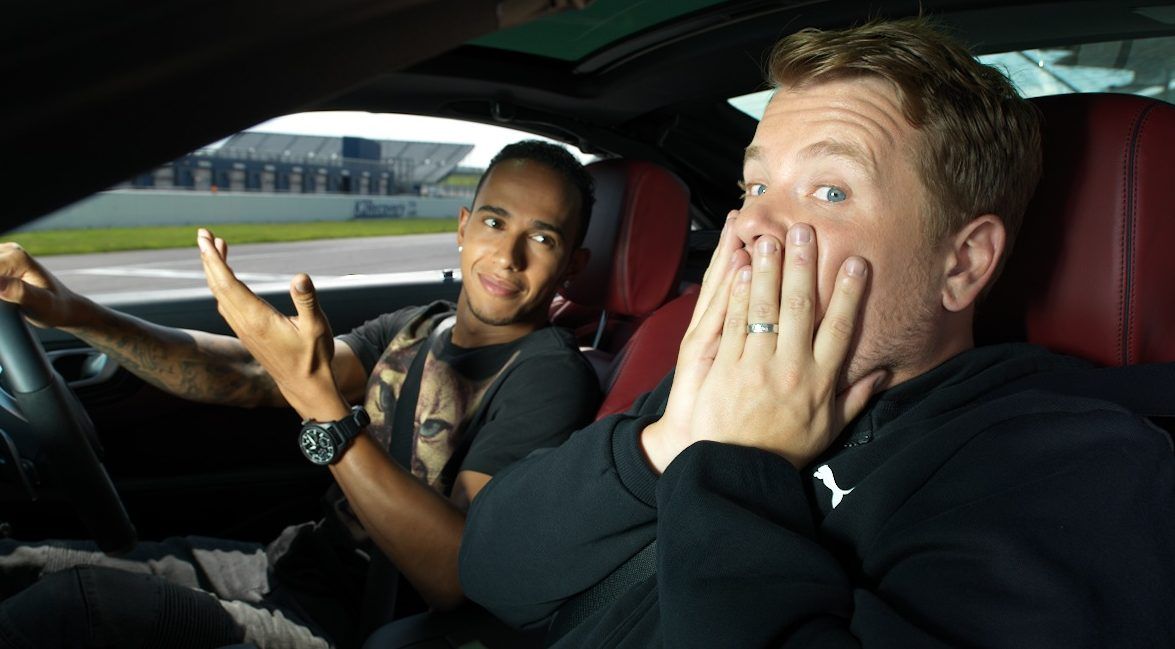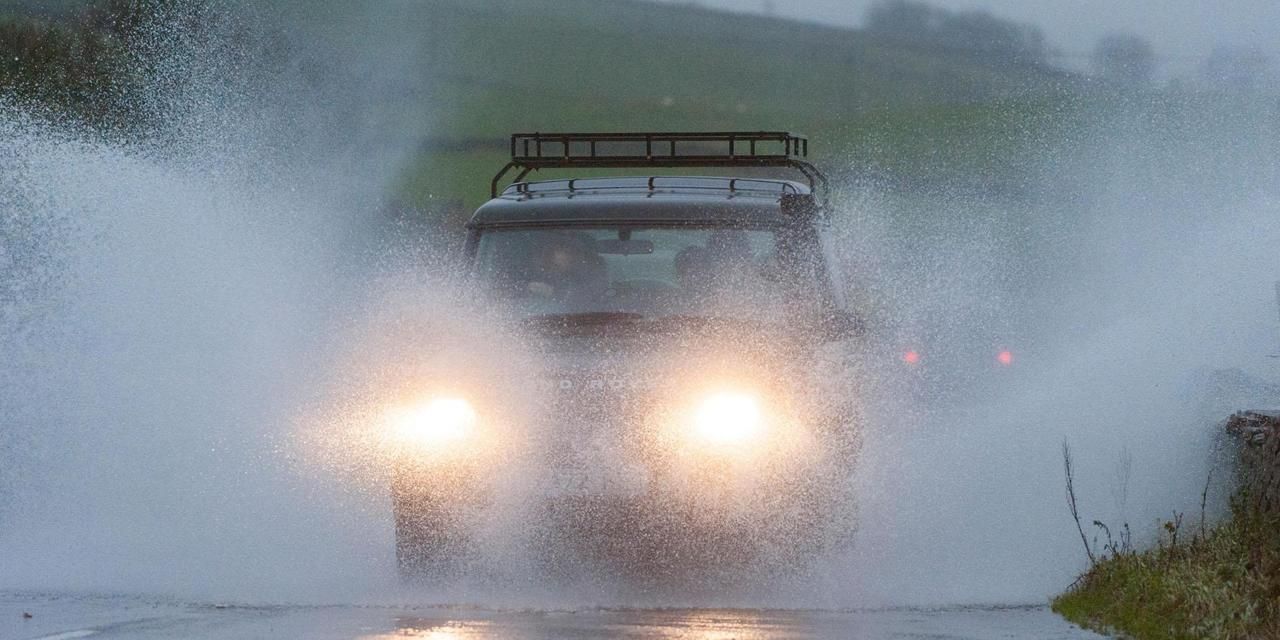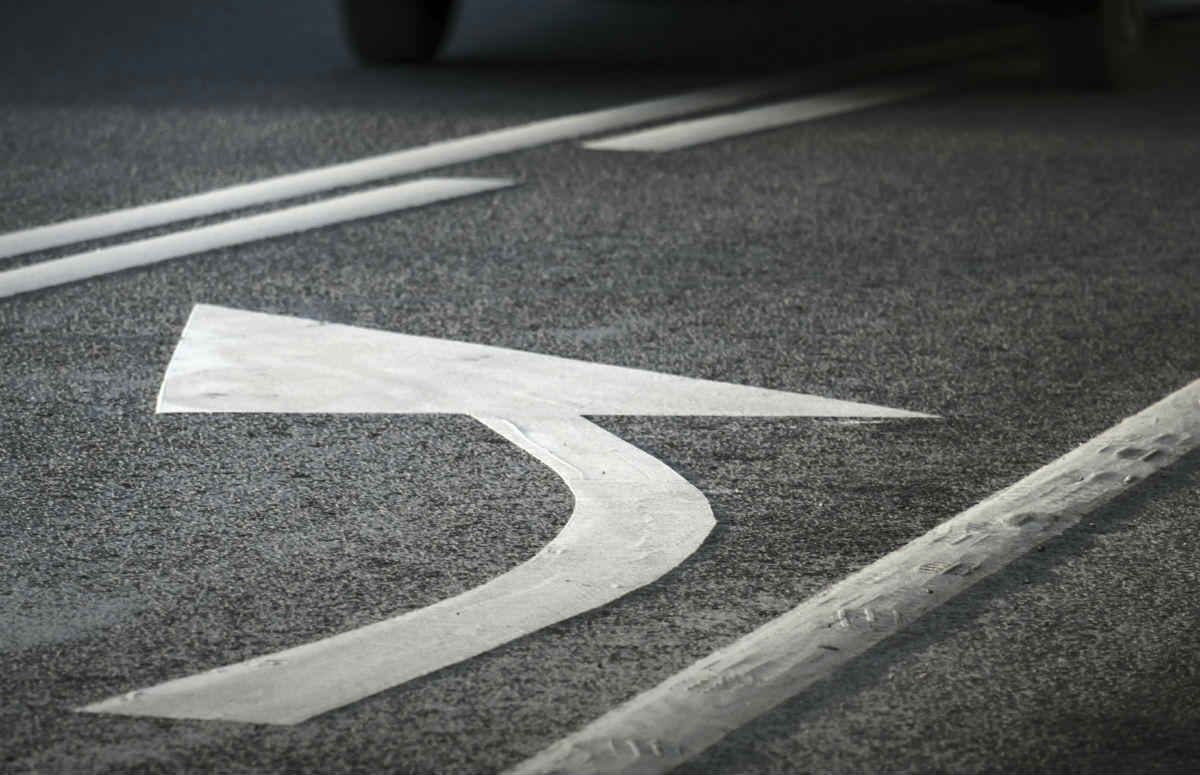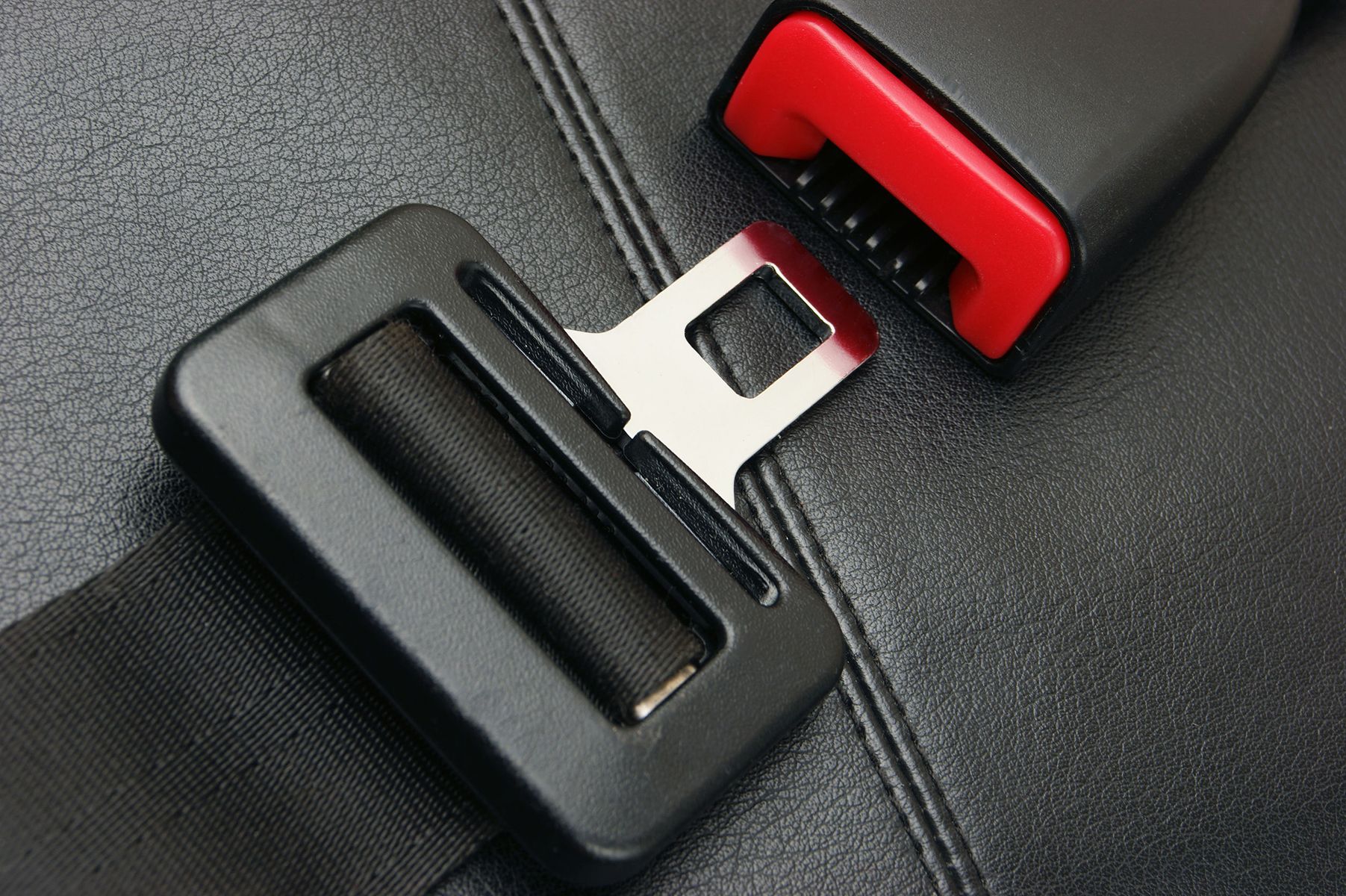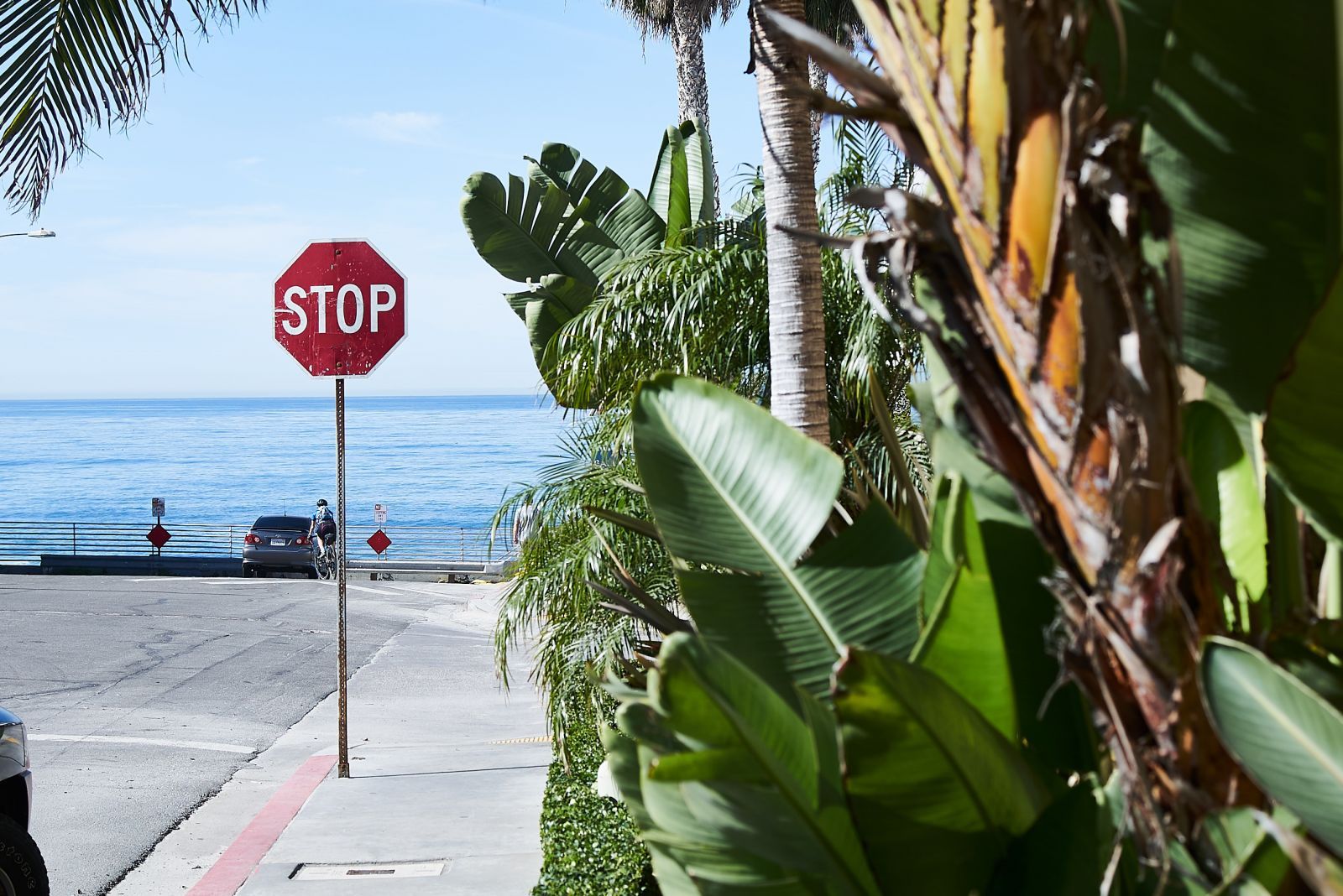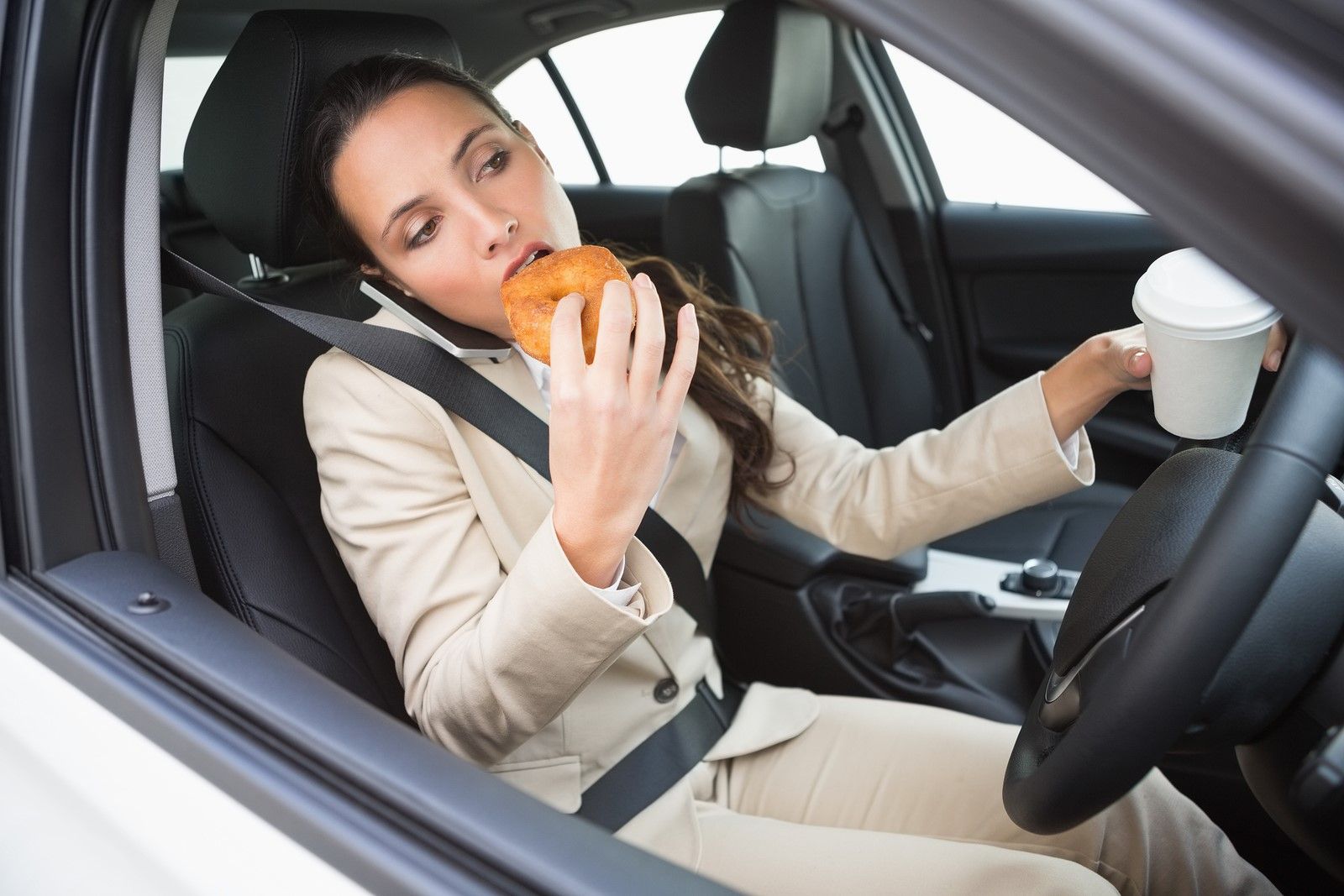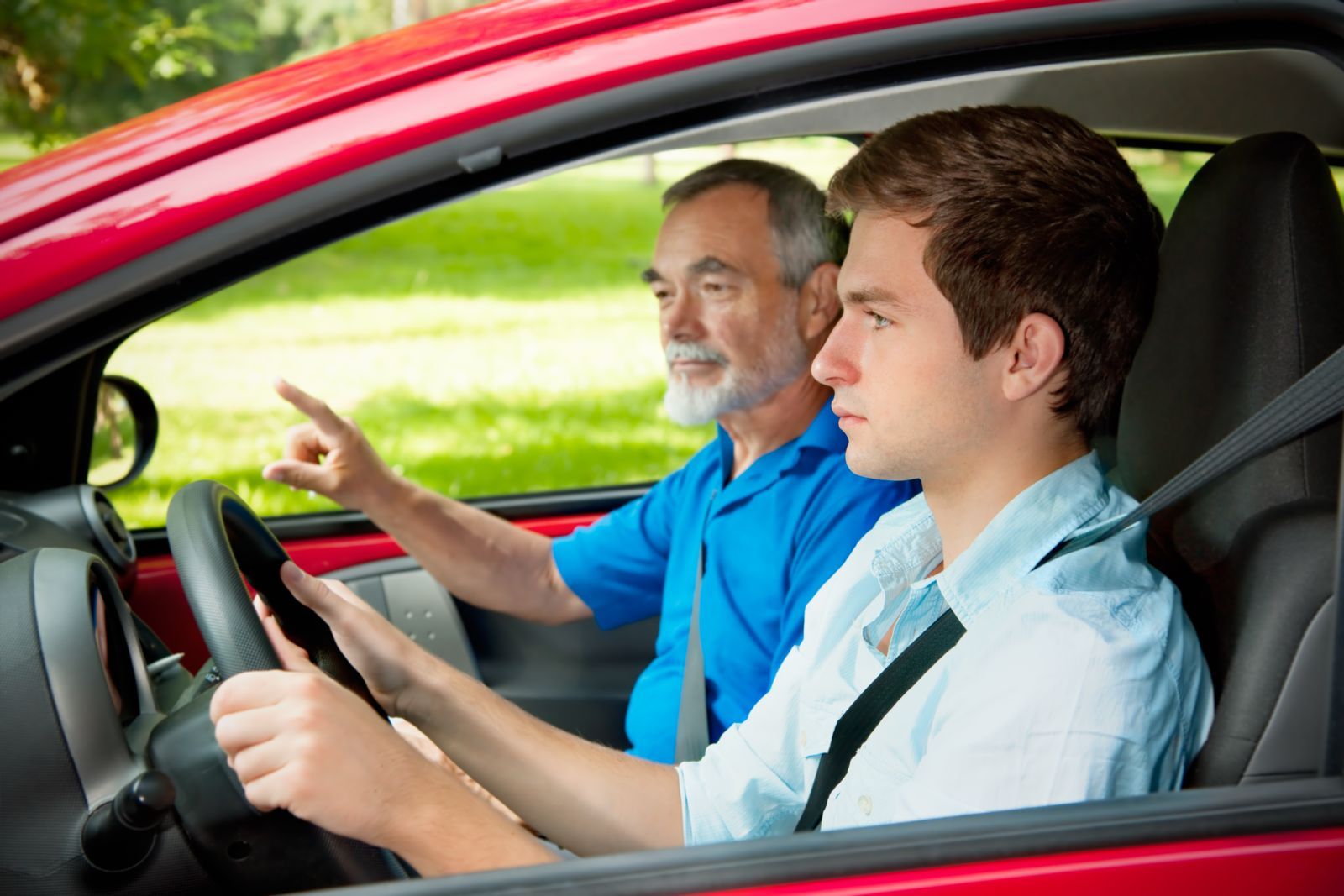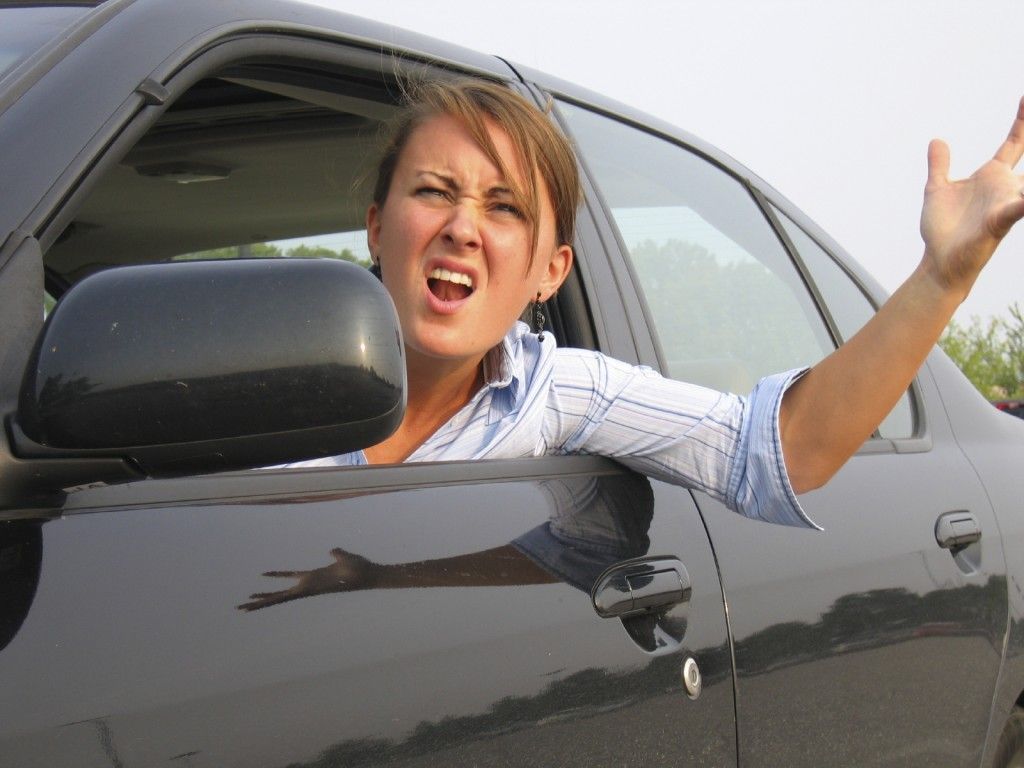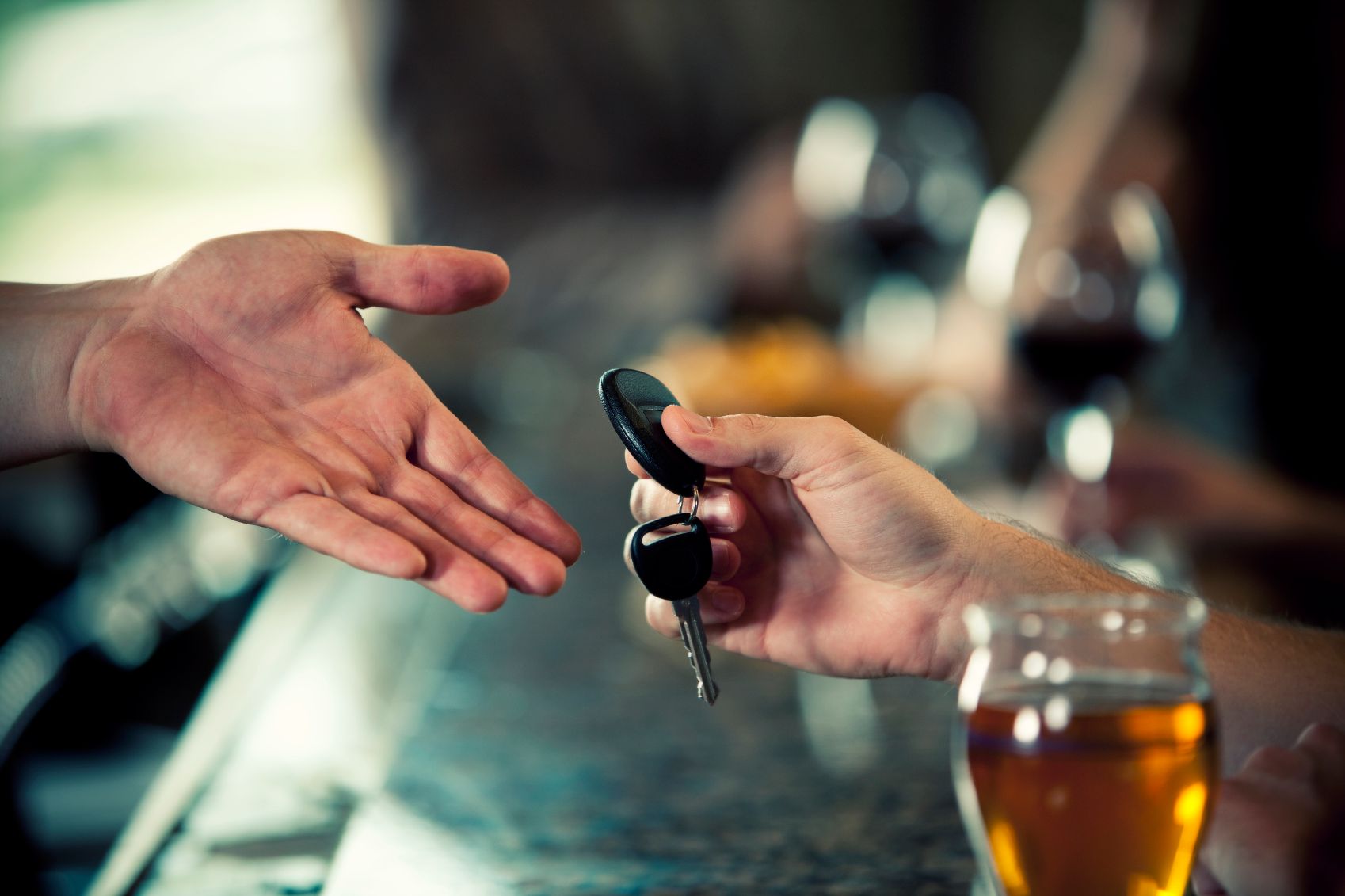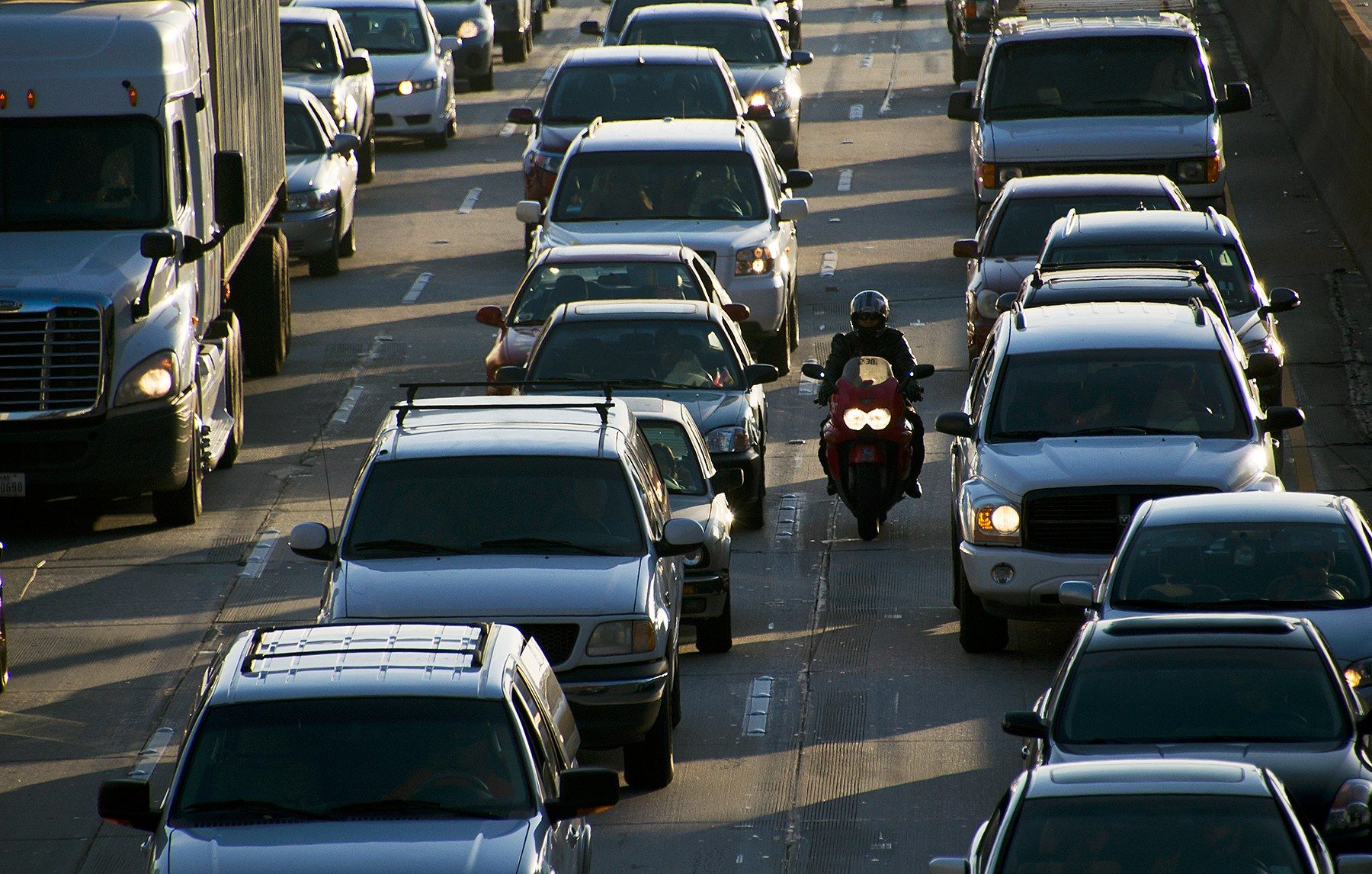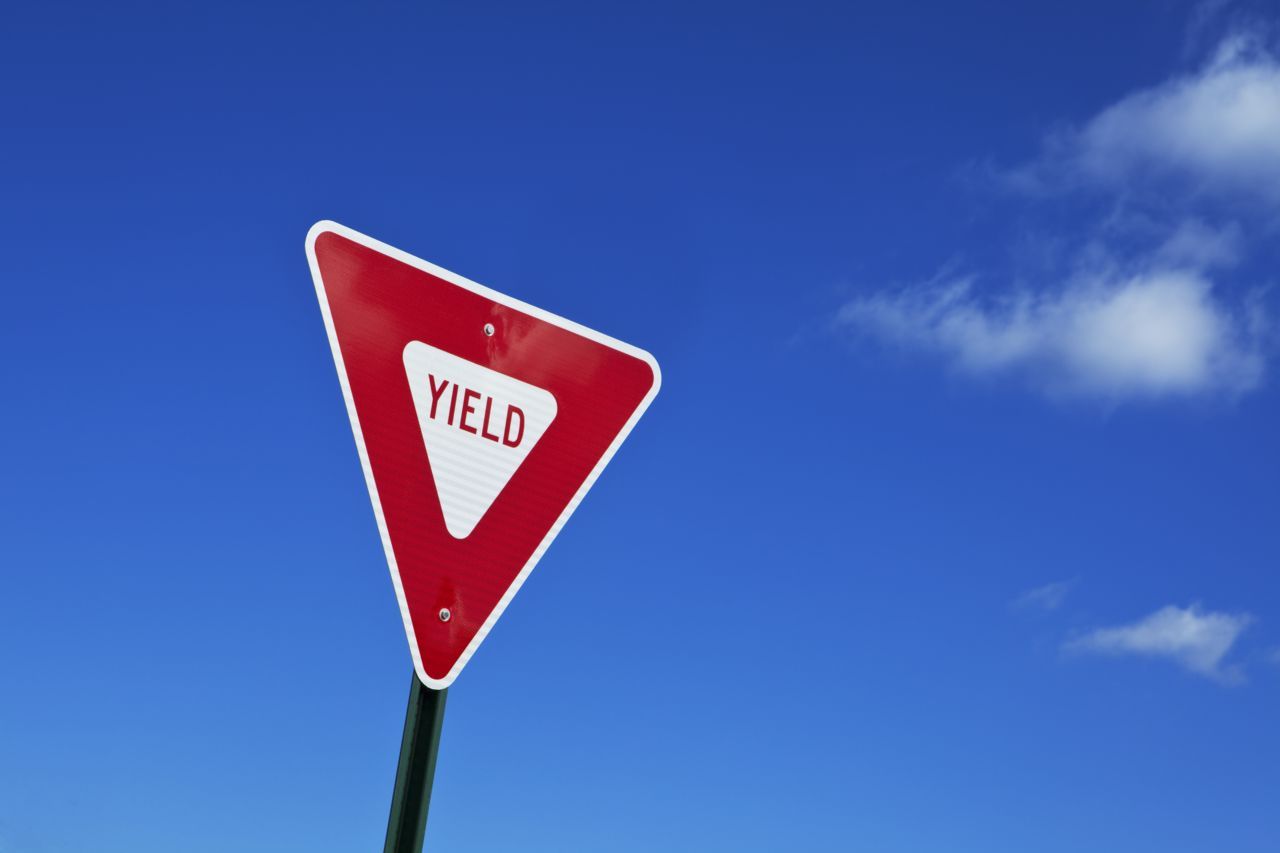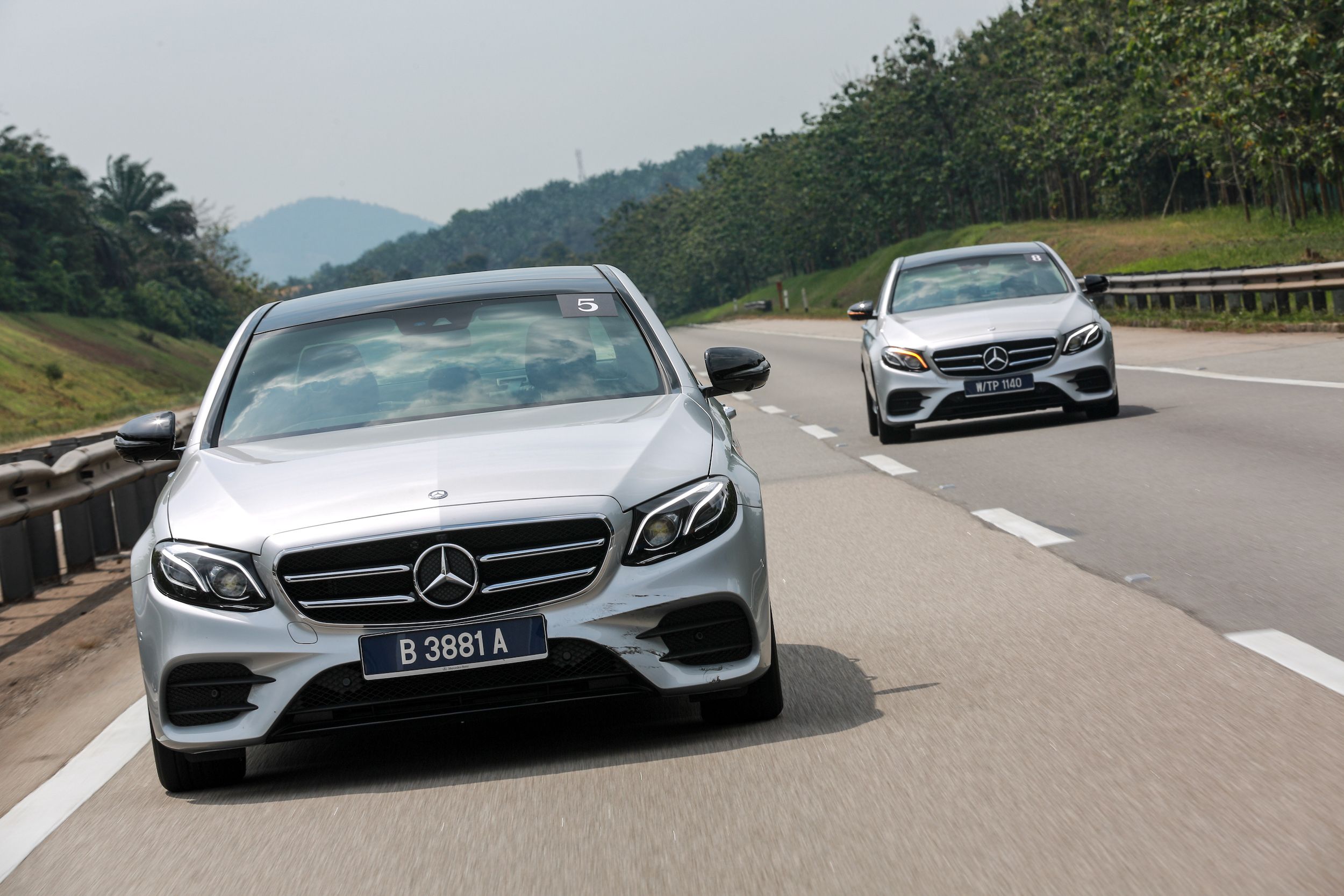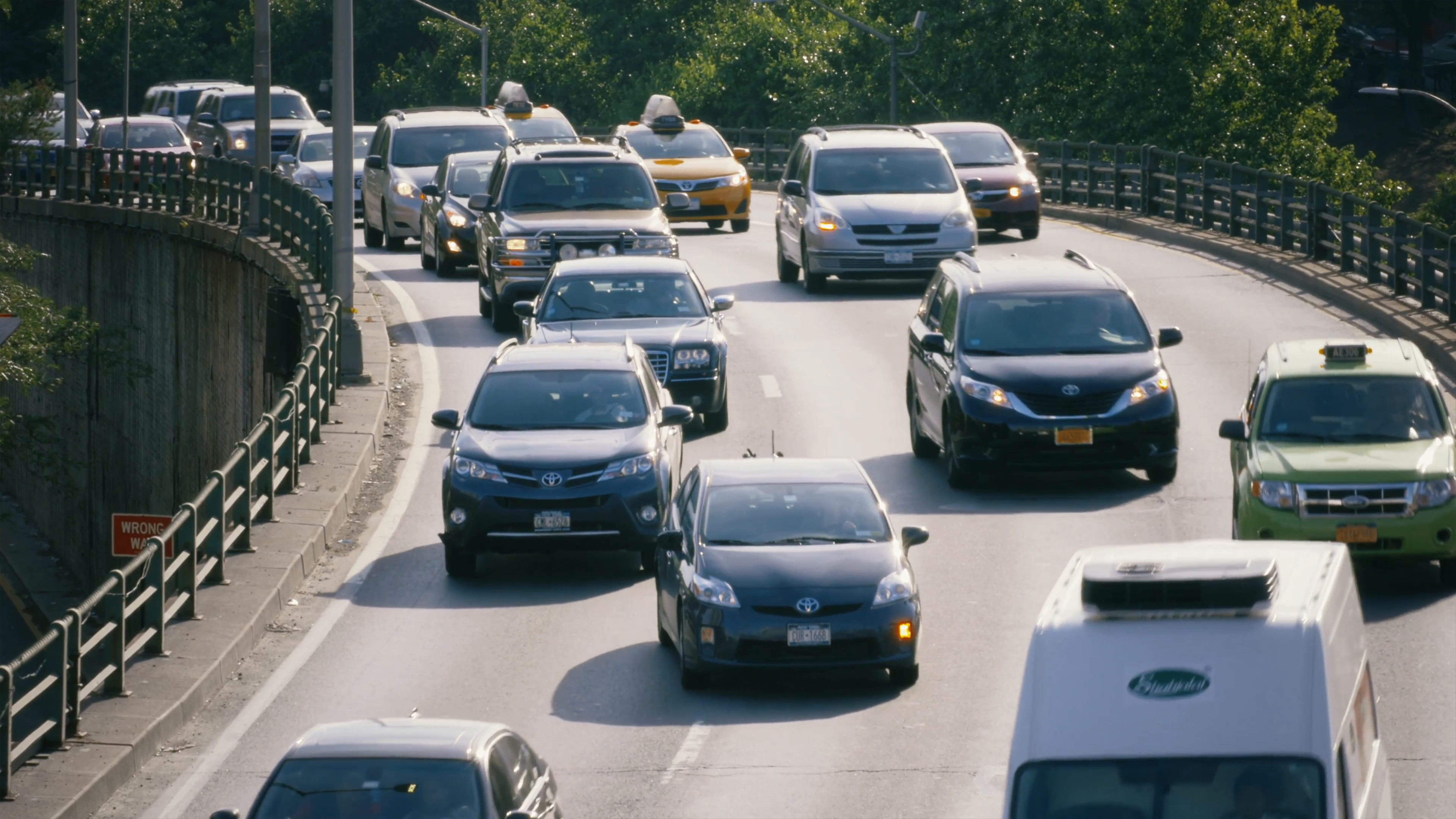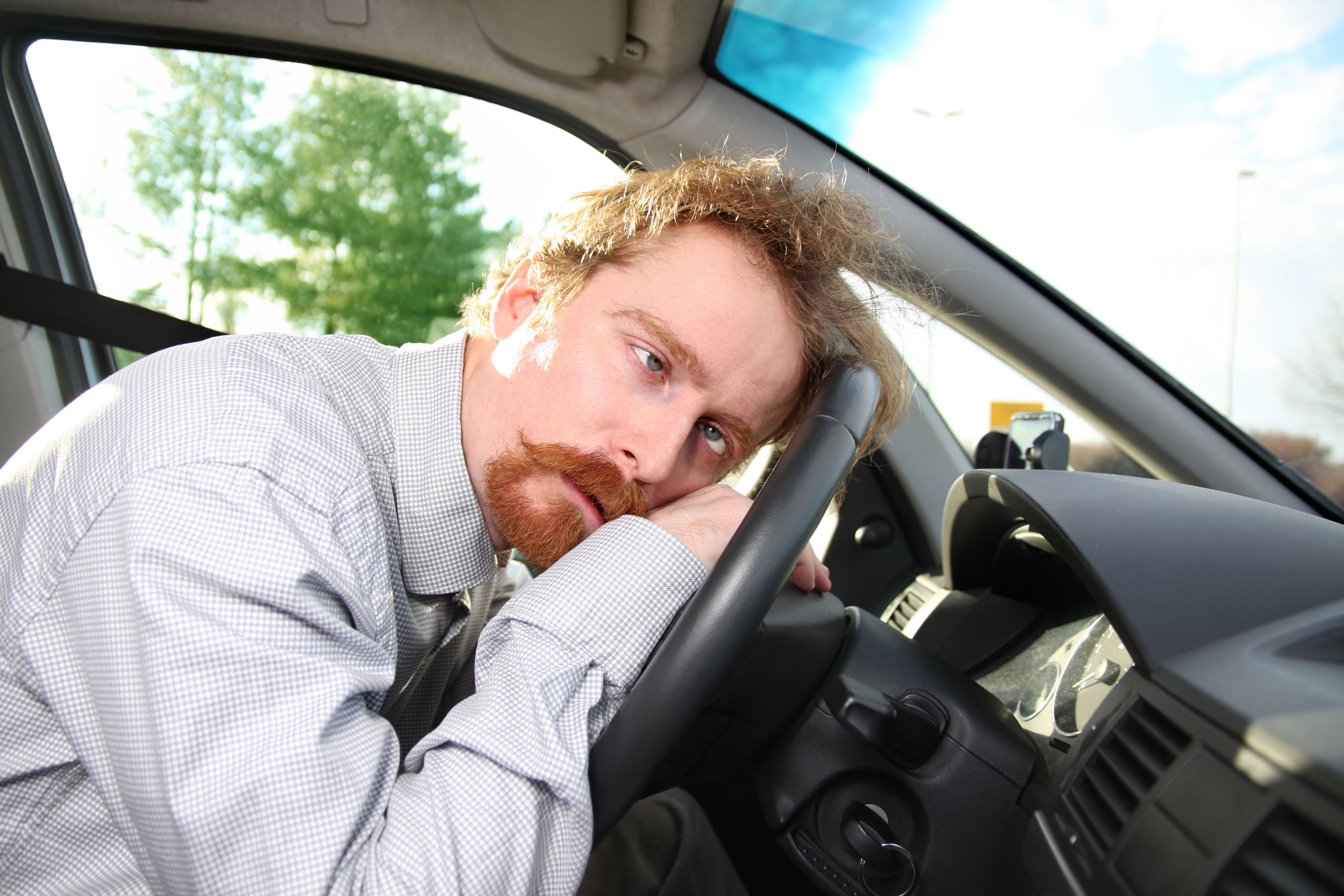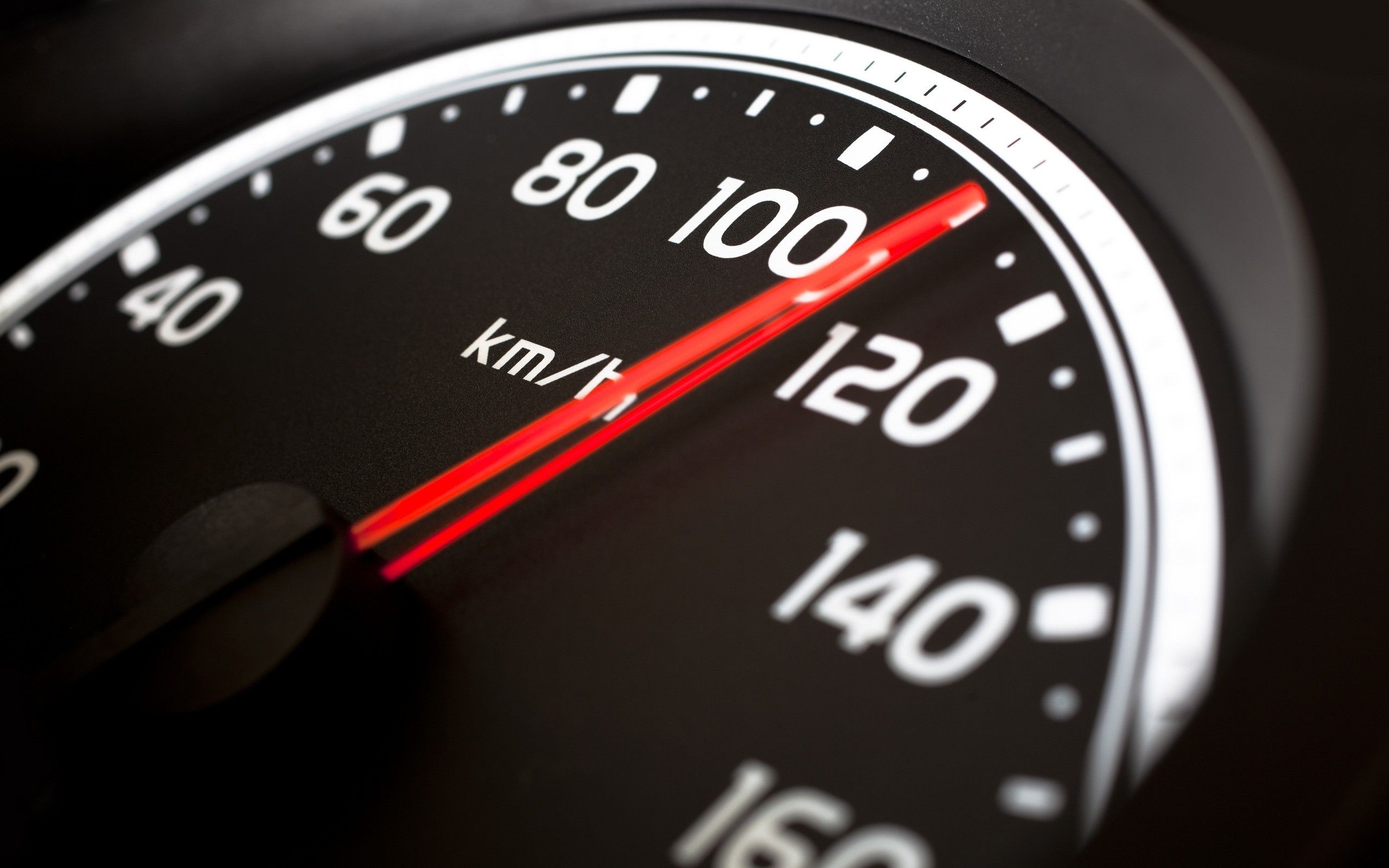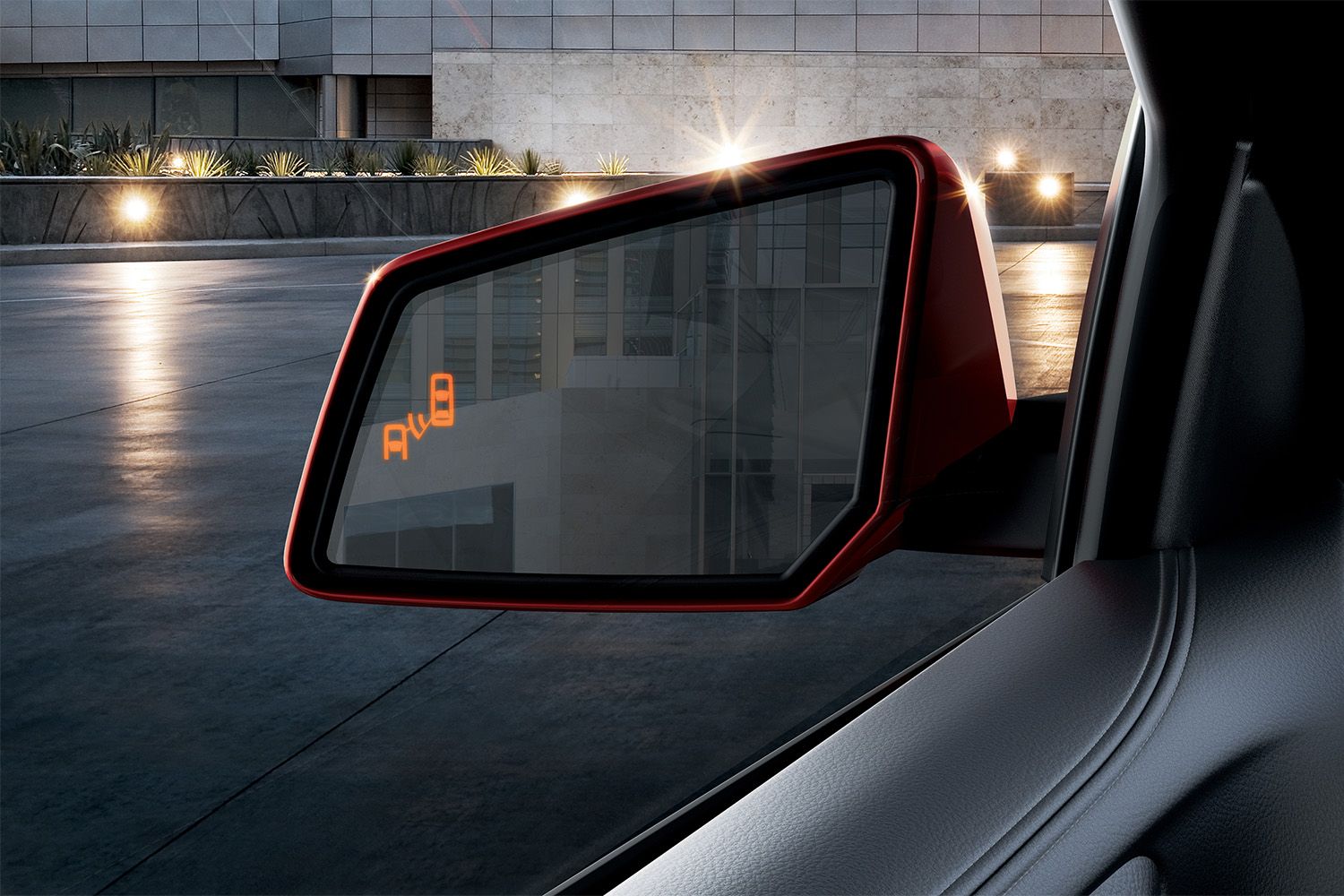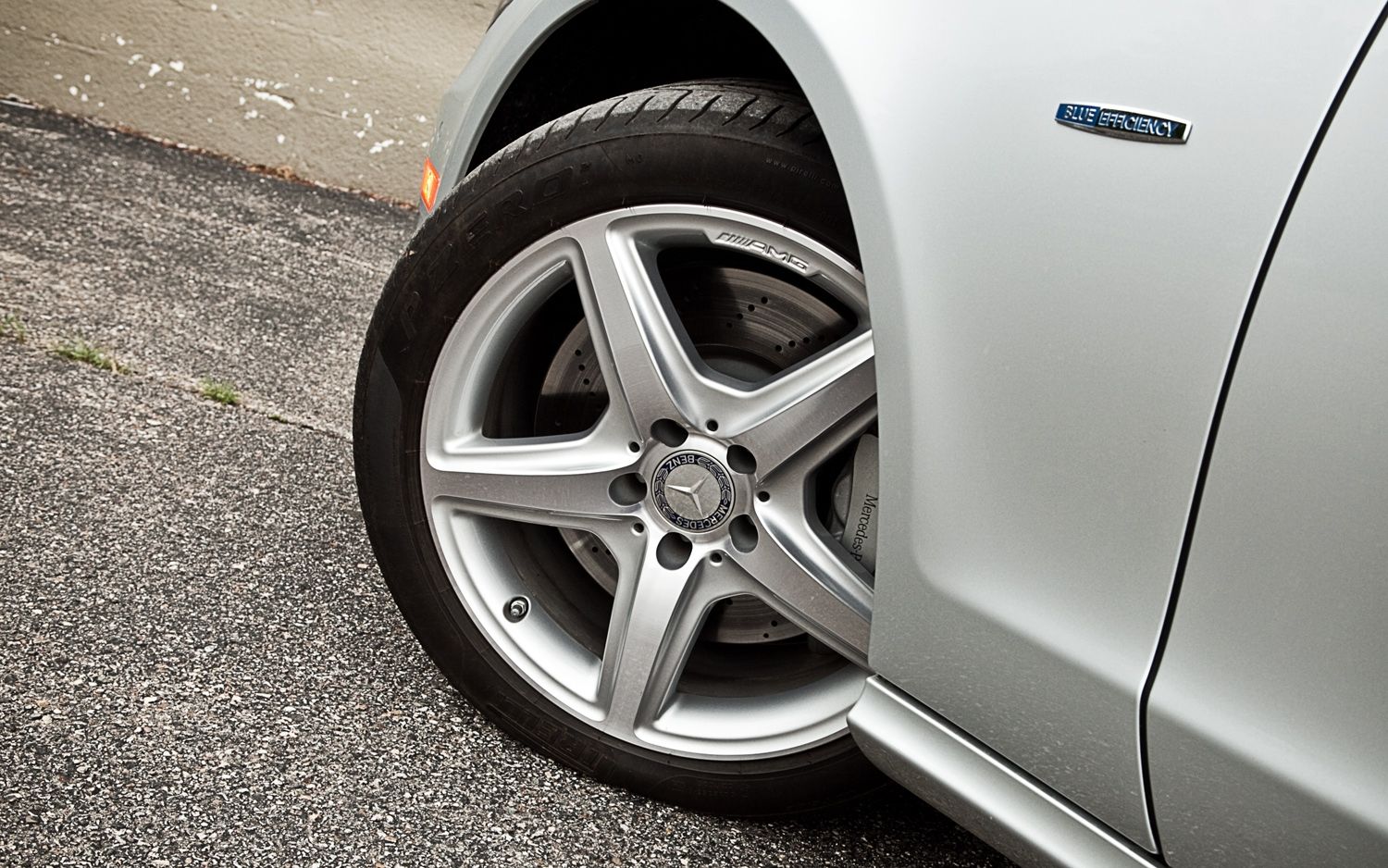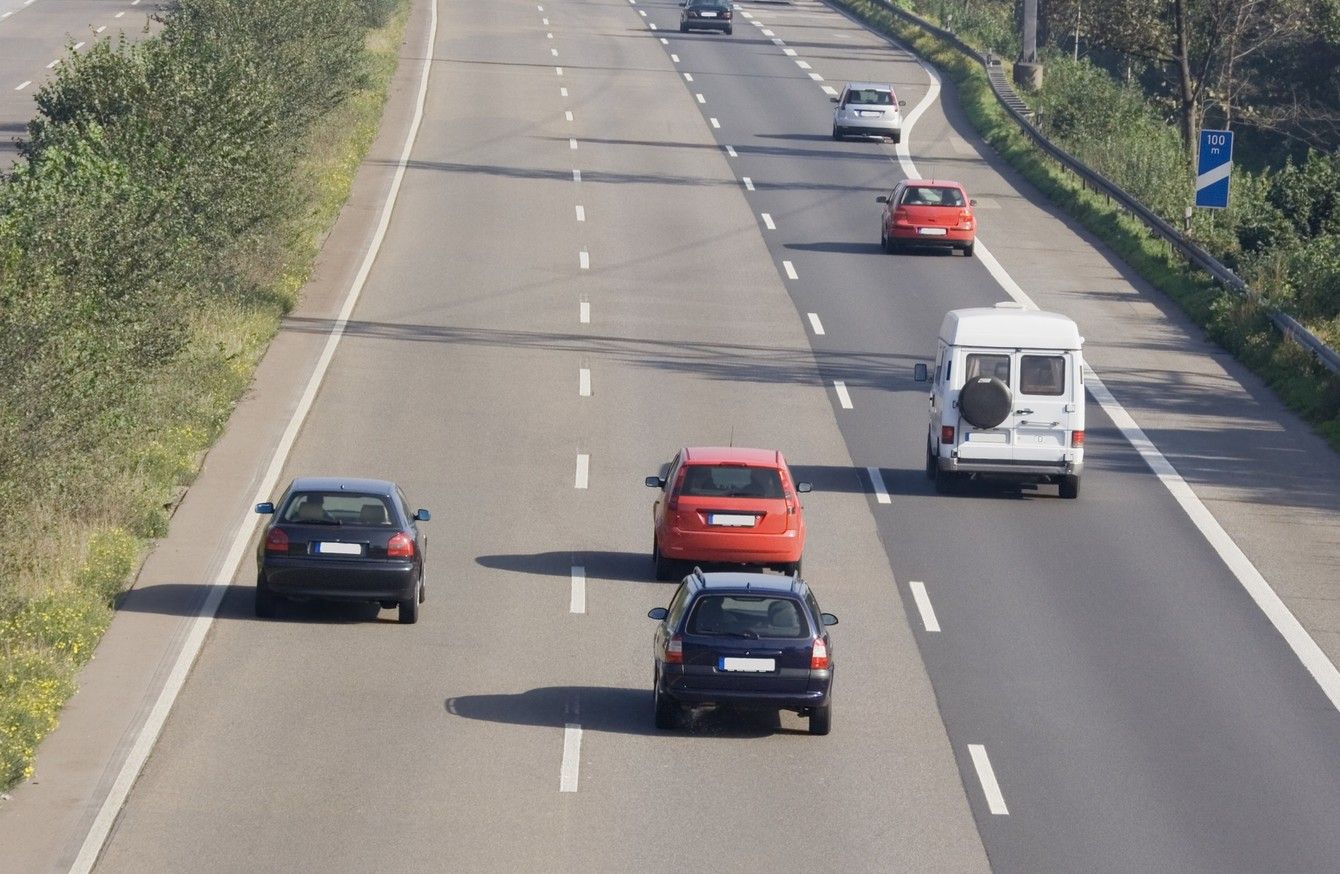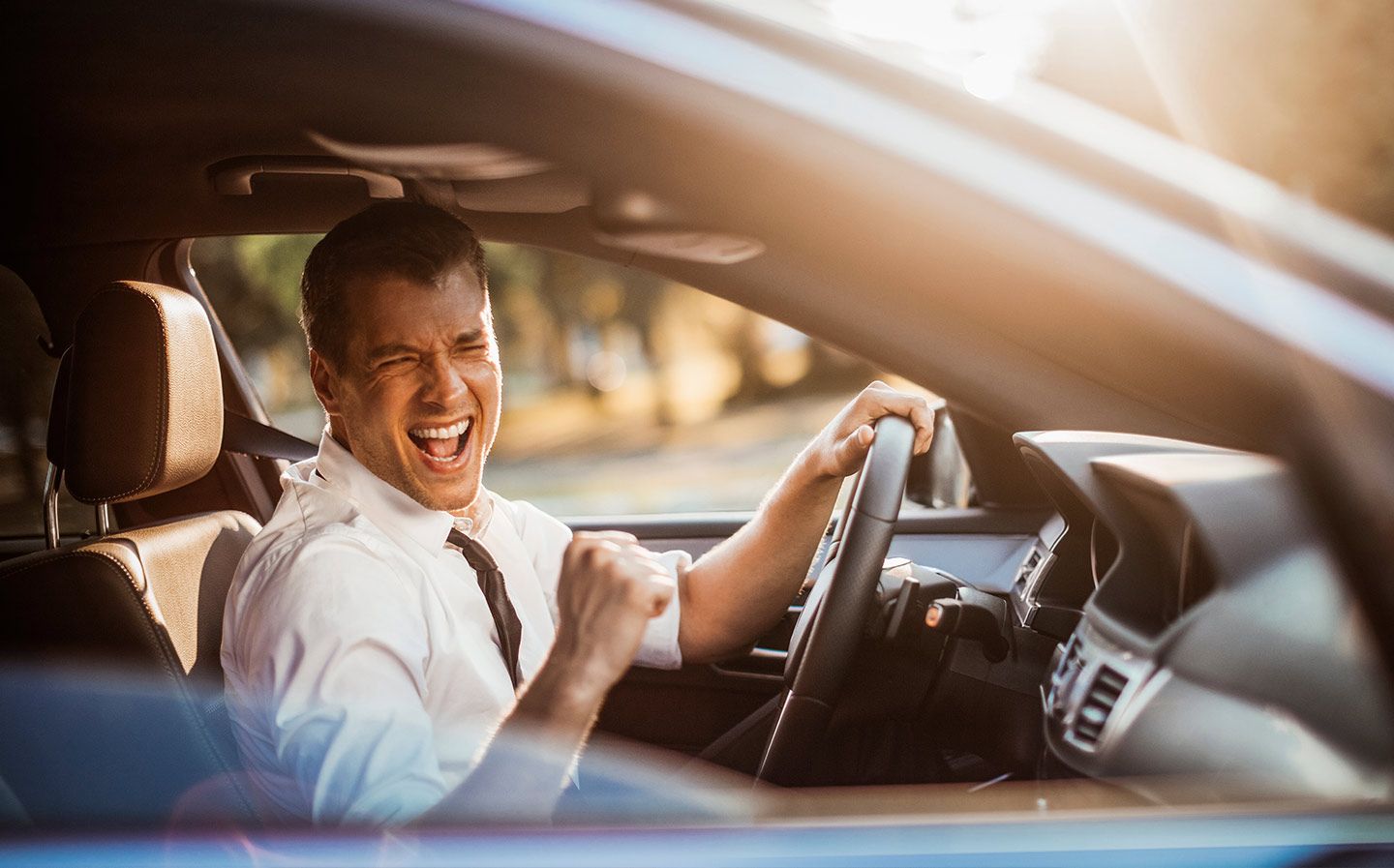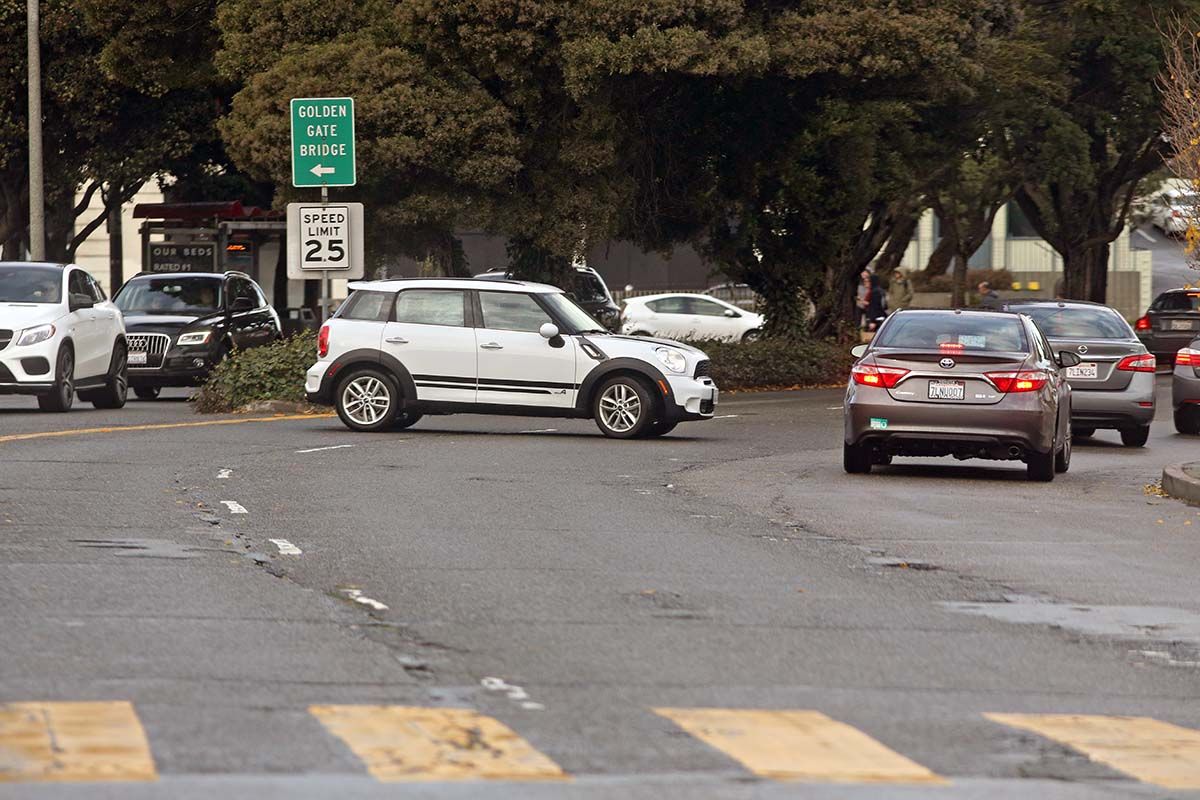There's no shortage of ways to travel in our technologically advanced world today. In just a few hundred years, civilizations have upgraded from wooden carriages drawn by horses to four-wheeled machines driven by horsepower. A distance of 50 miles back then could've taken from sunrise to sunset. Today, a car going at a legal speed can easily handle that distance in less than an hour.
As much as everyday people have benefitted from the automobile, making life that much more practical, there are downsides to one of mankind's greatest innovations. Since introducing cars to the world, people have had to deal with the worst side of mankind as well. Some of people's most negative traits and tendencies seem to crop up on the road. Whether they're impatient, distracted, angry, or even asleep, people cause all kinds of trouble on the road that can potentially lead to harm.
It also doesn't come cheap. According to the Association For Safe International Road Travel, road-related collisions and accidents added up to a whopping $518 billion globally on a yearly basis. In the end, though, the convenience of having cars for transportation outweighs the consequences of putting ordinary people—who are prone to making dangerous mistakes—behind the wheel.
For the sake of spreading awareness, listed below are a myriad of poor choices drivers make all the time. While it's too much to hope for people to avoid they'll commit these driving sins again, the reality is that many are common habits that one could argue are hard to break or plainly and simply unavoidable.
20 Riding Out The Storm
Taking care to drive safely is only ensuring 50% protection; there's still another 50% that's left in the hands of other drivers and the weather. That means it's impossible to drive 100% safe in a car. While drivers recognize the risk, it's important to consider what elements may factor in when it comes to the region one resides in.
According to Road and Track, vehicles that weight at least 3,500 pounds are susceptible to road skids. It's particularly dangerous when it rains after a dry spell.
Whenever the elements come into play, it's up to drivers to adjust their habits accordingly. Otherwise, driving the same way in a storm as one would in sunshine increases the chances of an accident.
19 Making A Left Turn Leaves One In A Lurch
It's odd, but one of the most common driving maneuvers is, in fact, one of its most dangerous: making a left turn across traffic (particularly at an intersection). It's also a maneuver drivers can avoid more often as long as they're willing to take longer to get to their destination. What makes left turns such a hazard is the fact that it forces drivers to take oncoming traffic into consideration. As a result, more accidents happen on left turns than right. It's even why UPS, as Big Think reports, goes so far as to avoid left turns as much as possible in their navigational systems since accidents are worst in the long term than slightly longer routes.
18 Refusing To Buckle Up
A seatbelt may not look very stylish or feel comfortable, but it can mean all the difference when it comes to safety. It's meant to protect drivers should they ever find themselves in an unfortunate circumstance. Although no one plans on getting into an accident, a seatbelt is a precautionary measure should something go down.
As Road and Track reports, airbags alone don't cut it when it comes to saving passengers from suffering in an accident.
As the outlet points out, plenty of accidents happen without high impact occurring, so it's important to have a seatbelt on for those instances where an airbag isn't triggered.
17 Texting or Calling and Taking Selfies
In the technologically advanced and busy world we live in today, it's never been easier to distract oneself. Among one of the most common mistakes drivers make today is cell phone use. As Psychology Today reports, half of those in the U.S. between 12 and 17 admit they've driven with others while the one behind the wheel texted. Texting a huge problem not only particularly among teens but all age groups as well. It also extends beyond texting, with people making phone calls, using Skype, conducting video chats, and even going so far as to snap selfies. None of these are really smart, and they're distractions that continue to plague drivers.
16 Doing The “California Roll”
It's likely everyone at one time or another has committed what's best known as a "California stop" or a "California roll." No, it's not a kind of sushi. According to City Lab, it's when a car approaching a stop sign never quite manages to make a complete stop, instead "rolling" through it. The drivers may slow the speed of the vehicle, but they're technically doing an illegal maneuver by not reaching a standstill. As harmless as a California roll might sound, there's a reason the local highway authority post signs where they do. Whether there are blind spots or it’s a busy intersection, drivers open themselves to risk when they don't stop where signs direct them to.
15 Stuffing One’s Face
It doesn't help that vehicles are often a space that inhabits people in a rush. Because people drive on the way to urgent appointments, it only makes sense that other priorities would become conflated with it. Eating is one such activity that often occurs in the car. Eating while driving, however, is a danger that can potentially lead to accidents.
According to Thrillist, in a true story relayed by senior program manager Lisa Robinson for the National Safety Council, someone totaled a truck after letting go of the wheel to save a Styrofoam cup from spilling.
Oddly, eating behind the wheel doesn't hold as much of a stigma today though as texting does.
14 Taking The Same Familiar Streets Every Day
There's an idea behind driving the same roads every day, and the thinking behind it is negative. According to Mental Floss, taking the same route day in and day out can put drivers in a line of thinking that's appropriately been compared to "cruise control." On a familiar path, the brain tends to treat driving as a secondary task instead of a primary one as it should. This can increase the chances of an accident since elements on the road are always changing. To curb this, drivers can take a less familiar route to work or on the way home to help with focusing on the task at hand.
13 Making Aggressive And Quick Maneuvers
There's no shortage of aggressive drivers on the road today, which makes getting from point a to point b something comparable to the wild west. Quick maneuvers are a lot harder for other drivers to read, especially if they're coming up from behind where blind spots are a factor. According to Slate, quick turns and maneuvers on the road make up 5% of crashes on the road, which is substantial when one considers how easy they are to avoid. Drivers could easily wipe away that number if they refrained from driving with their emotions. Although easier said than done, it suggests that if people aren't able to control their aggression, they're probably unfit to control an automobile, too.
12 Being Impaired
It was bound to come up at some point on this list: driving while impaired—either by drugs or drinking—can have harmful effects on one's performance behind the wheel. There's a reason it's illegal in the U.S. to drive this way. According to the DMV's website, the legal limit in the entire country is .08% blood alcohol concentration for those older than 21. The fact that it's the law is a testament to how many accidents have occurred as a result throughout history. To avoid making this decision, drivers have public transportation and services like Uber and Lyft to prevent such accidents from ever occurring.
11 Failure To Judge Another Motorist’s Speed
Drivers develop other senses while on the road. Although it's not something they acquire the first year or two of driving, it naturally comes from experience on the road over time. One of these senses is being able to properly gauge the general speed at which other drivers are cruising at. Despite getting this skill, it's often not used to a driver's advantage, leading to mishaps on the road. One context where this is especially dangerous concerns motorcyclists. According to Rosenfeld Injury Lawyers, many drivers fail to heed the distance between their car and a motorcyclist, which often leads to disastrous accidents.
10 Yielding For No One
There are plenty of stereotypes about drivers. One of them asserts U.S. drivers don't like to yield to others. It's why many suspect there aren't as many roundabouts in the States. Whether the stereotype is true or completely false, people make the decision not to yield to others all the time—whether they be pedestrians or fellow motorists. It may especially be a challenge in highly populated areas where there are a plethora of intersections and stop signs, as Road and Track notes. Not to mention, there's always a string of cars running the last milliseconds of a yellow light to make a left turn, leaving it up to greenlit cars entering the intersection to yield.
9 Overtaking Slowpokes
It's common to pass vehicles on two-lane highways, though when one really examines the maneuver, it sounds ripe for catastrophe. As Everything Zoomer addresses, passing a car that's in front requires changing lanes and driving against oncoming traffic. On paper, it sounds like the worst idea ever. In reality, though, people have places to be, and there are some situations where drivers in front are going at a slow pace. It's important, though, to recognize that an accident involving oncoming traffic is one of the most dangerous incidents that can happen on the road. It's a maneuver drivers should only resort to if the one in front of them doesn't get a clue and pull over to let one pass.
8 Staying In One’s Lane
Since driving has become second nature, it becomes tempting for drivers to take it less seriously. As a result, certain responsibilities on the road get left by the wayside. One of these includes driving in the same lane. Although it sounds obvious, drivers often treat it as less of a priority. This kind of driving, however, accounts for 33% of crashes, according to Slate. That's a huge number for such a silly mistake. Despite the risk involved from taking this approach on the road, drivers continue to make this mistake with the worst imaginable happening on highways and busy city streets.
7 Lacking Beauty Sleep
People should get plenty of sleep every night if they want to drive at 100%, though the truth is that not everyone abides by this rule.
According to Tiemann Law Firm, on average, those who drive tired are responsible for 37,000 crashes that injure others a year.
Even more result in accidents that solely involve property damage, sitting at 45,000 per year. Some even argue that drowsy drivers are more dangerous than drunk ones; someone who's had too much to drink may be more easily assuaged from driving, whereas a tired person may write off their lack of sleep as nothing alarming.
6 Going Full Speed Ahead
It's a temptation for every driver who's ever felt the power of their car behind the wheel. The sensation of driving at high speeds can feel invigorating. It's why so many automakers gear their car ads towards this attractive idea. It's also how accidents happen and why there's a speed limit in place. According to Road and Track, the chances of accidents happening increase when a driver goes not only over the speed limit but below it as well. Just as much as speeding is a problem, so is going at a snail's pace. The average speed isn't a hard thing to gauge, though perhaps the discipline to stick with it is what many find so difficult.
5 What Blind Spots?
Drivers do small things that open themselves up to potential accidents. Sometimes, it's a matter of what they forget to do. Again, the left turn comes to mind. If there are other cars on the opposite side of the intersection also making a left turn on their side, that vehicle waiting may block visibility of oncoming traffic. As Slate notes, an astounding 12% of crashes on the road are a result of making that left turn without properly looking around the blocking vehicle. In addition, most cars have blind spots commonly on both sides that are out of reach of the side-view mirrors.
4 Pointing Those Wheels Somewhere Else
There's a chance most drivers don't follow this rule, though they may be putting others (and themselves) in danger because of it. Imagine sitting in the center of an intersection waiting for oncoming traffic to clear before making a left turn. Most of the time, one's focus is on any pedestrians crossing and the cars passing by. But is there any thought given to cars coming from behind? As Everything Zoomer points out, there's the threat that a car might cause a dreaded rear-end collision. If that scenario plays out, it gets worse if your tires are turned left towards the oncoming traffic. Should the unthinkable happen, it's best to avoid pointing the tires towards oncoming traffic.
3 Tailgating To Save A Few Seconds
When cars drive slow in front, it's tempting to follow closely behind. Drivers may even trail closely behind others automatically as a result of being in a rush. As Slate reports, nearly 30% of crashes result in a rear end due to this. While driving close to another car often puts pressure on them to speed up, it doesn't make for safer driving conditions. To those who find it hard to break the habit of driving close to others, they may find solace in the fact that they're probably not saving much time anyways. When faced with the matter of preventing accidents, though, it's hard to argue a case for it.
2 Singing Without A Care in The World
It may seem rather innocent singing along to one's favorite songs on the radio while driving, though according to Mental Floss, singing out loud while the radio plays could affect more than it seems on the surface. Organs like one's brain, for example, become split between focusing on the road and recalling all the lyrics to a song. Most will see where this is going. When someone's brain becomes "compromised" by singing in the car while driving, it increases the chance that that person won't have the mental response time needed to avoid an accident. It's just another one of those choices people make on the road thinking nothing bad will happen—until it does.
1 Illegal U-Turns
Whoever said "There are no shortcuts in life" obviously wasn't referring to the road. In driving, there are lots of shortcuts. The problem with shortcuts is that they can harm others. One example includes making illegal U-turns.
According to Los Angeles Personal Injury Lawyers, it's one of 10 common reasons why pedestrians end up hurt. What's also common is for there to be U-turn signs posted with a red slash through the middle where it’s illegal to do one.
That doesn't always stop drivers, however, who know it'll be a lot faster anyway. The problem, though, with making this maneuver has to do with any oncoming vehicles and pedestrians crossing in the area.
Sources: Association For Safe International Road Floss, Psychology Today

